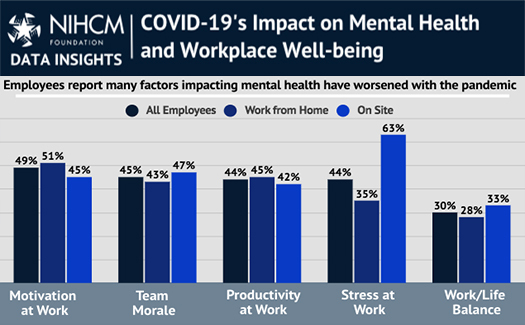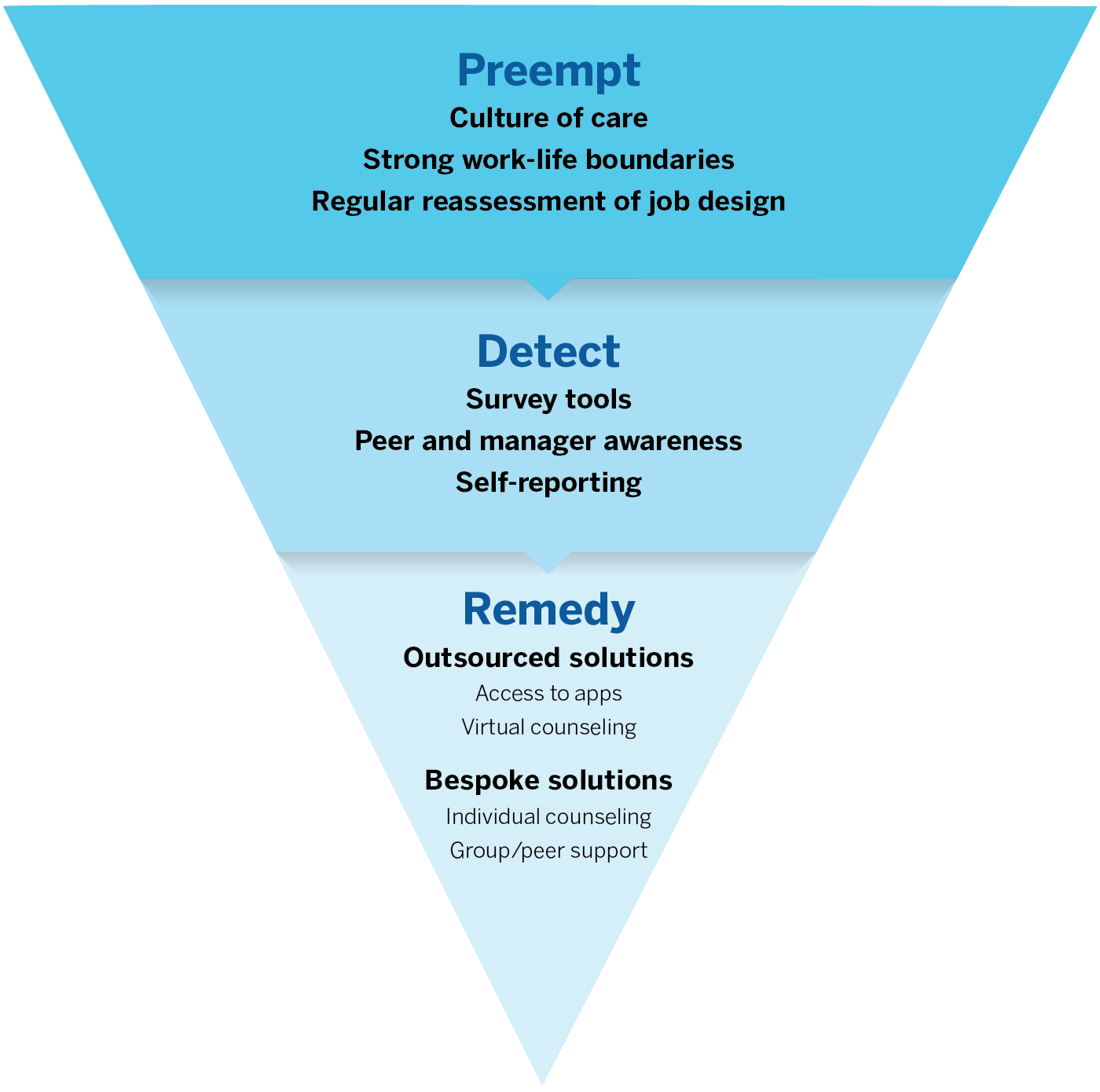Employee wellbeing has become a high priority in the modern workplace. In fact, more employers are recognising the value of promoting employee wellbeing. Indeed, the lockdowns caused by the COVID-19 pandemic has revealed the impact of employee mental health on workplace productivity.

Employee Wellbeing in the Modern Workplace
Today, employees are being offered counselling services and wellbeing apps. Employers also support greater flexibility and more time off. Further, workplace policies favouring work-life balance are being supported. Likewise, four-day workweeks are being trialled around the world. Even corporate leaders are worried about the mental health of their employees. Despite this progress, not much has changed.
Wellbeing Statistics: What does the science say?
Globally
A McKinsey survey covered HR policies in 11 countries. It found that 96% of companies changed their policies during the pandemic. Still, only 1 in 6 corporate employees felt supported. Also, 62% of employees worldwide considered mental health issues their top challenge.
UK
Even before the pandemic, mental health was a big issue for corporate employees. Let’s take UK’s Health and Wellbeing Survey. It found that 44% of work-related illnesses were connected to depression and anxiety. They also caused 54% of lost working days.

USA
The situation in the USA is not any better. In fact, 90% of the Mental Health America Survey participants’ work affected their mental health. More than half said their employers did not provide them with the necessary support.
Singapore
Further, in Singapore, one in seven employees said they had a mental health issue .
Many factors lead to work-related mental health issues. These include heavy workloads, financial worries and workplace harassment. Current efforts might improve company image but are not enough to help employees. To do so, they must create a mental health supporting culture that helps people thrive.
How can Employers Support Employee Wellbeing?
The Sieve Model details ways to deal with mental health issues in employees. Primarily, it calls for creating a positive and thriving work culture. In addition, the Sieve Model tries to identify manageable problems before they get serious . Likewise, it helps pick up stress factors early so they can be removed immediately.
Remove Workplace Stress Factors in Advance to Promote Wellbeing
Here are four model-based ways to create a corporate culture that promotes employee wellbeing:
1. Model Wellness and Balance
Organisational leaders must focus on employee wellbeing. Doing so shows employees that they value their mental health. They should encourage seeking help for mental health issues. In addition, they may come out with ways to maintain positive wellbeing.
2. Track Workloads
Organisations must consider the many commitments of employees. Workloads should be measured and estimated. When needed, reallocation of tasks may make workloads more manageable. This helps create a positive work-life balance.

3. Organise Daily Social Activities
Daily social activities allow colleagues to connect and thrive. They may be morning coffee catch-ups or end-of-day happy hours. Indeed, they help employees reflect on their work and seek support.
4. Revise Company Values
Companies should revise their values from time to time. This checks their alignment with company practices. For example, a recent UK study showed growing demand for elder care help among the 35-45 age group. Therefore, organisations should understand the stress of caring for children and elderly parents. They need to find out how they can support employees of that age group.
There are many ways that organisations may decrease stress amongst employees. It may be by encouraging team members to use employee wellbeing services offered by the company. They can also make workers take regular breaks.
Detect Emerging Issues Related to Employee Wellbeing
It’s also important for companies to keep tabs on issues as they emerge. Four ways to track this include:
1. Collect Data Regularly
Regular wellbeing surveys are essential. First, they help organisations look for mental health issues in employees. Second, they also make businesses analyse their organisational culture. Thus, feedback provided by such surveys can help employers create appropriate support and guidance for employees.

2. Actively Listen to Employees
An open-door policy makes employees feel valued. Hence, they find it easy to ask for support and help when required.
3. Introduce Wellness in the Employee Review Process
Performance reviews should not be mere official exercises. Instead, employers should ask for feedback from employees. They should verify if the employees feel cared for and are thriving. It informs employers how they may better support employee wellbeing.
4. Implement a Mental Health Training Program
Mental health training programs build awareness. They also make leaders and employees gain personal wellbeing skills. Moreover, such programs make it easier to detect mental health issues in employees.
Remedy Identified Issues and Encourage Employee Wellbeing
It’s not enough to identify issues – employers need to use that data to implement changes. Some of those changes could include:
1. Hire On-site Mental Health Professionals
Having on-site mental health professionals encourages employees to reach out for immediate support.

2. Provide Employees with Access to Workplace Peer Support Groups
Peer support can help remove the shame associated with sharing one’s struggles. Actually, it allows an employee not to feel alone.
3. Provide Flexible Working Hours
Flexible hours provide a positive work-life balance and a sense of control. Likewise, they create time to attend medical appointments and therapy.
4.Treat Everyone Fairly
This involves treating people the way they want to be treated. For example, a noisy workplace may suit sociable people but not introverts. Likewise, creative employees might love being given creative tasks, while others might dread them. Basically, it means being sensitive, inclusive, and fair.
Organisations must create a stress-free and thriving workplace. This approach supports employee wellbeing. This can push progress in meeting SDG 3 (Good Health and Wellbeing).
THRIVE is dedicated to improving work conditions for everyone. If you would like to help, donate now or look at our volunteering opportunities. Work with us to promote thrivability everywhere .

